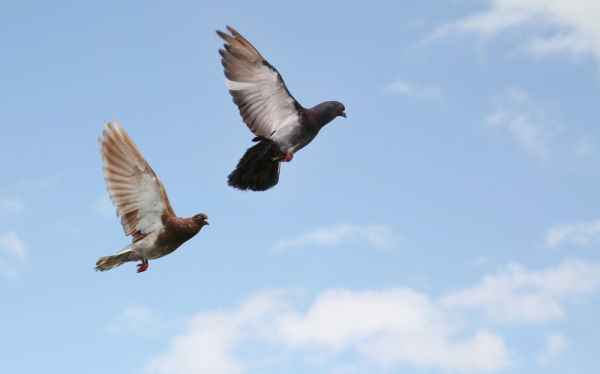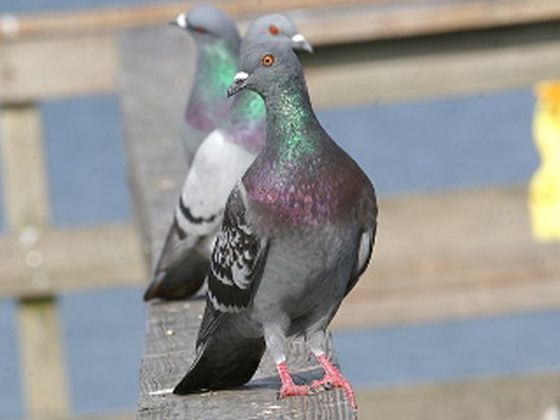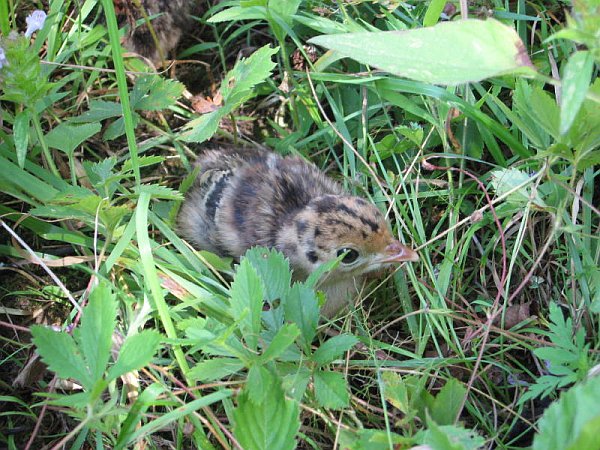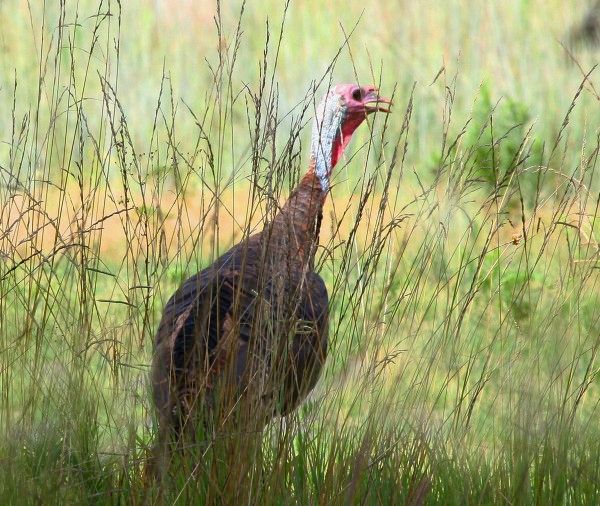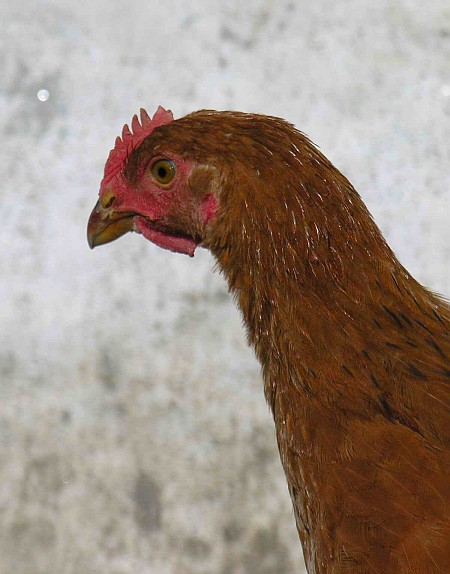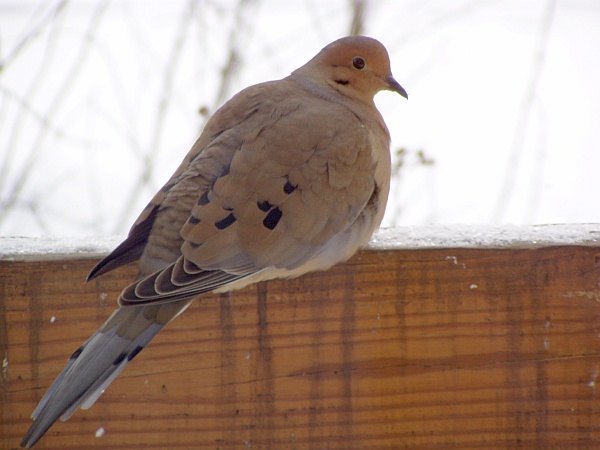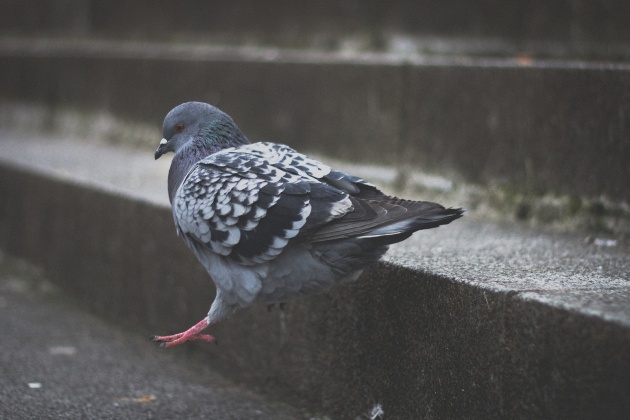
12 April 2016
Most of us have a dominant hand that’s our favorite choice for everything that requires skill. About 90% of us use our right hand with only 10% using the left hand or having no preference at all.
Did you know that pigeons (Columba livia) have a favorite foot, but it’s not overwhelmingly the right one?
Pigeon “footedness” was discovered by Harvey I. Fisher at Southern Illinois University in the mid 1950’s while he was looking for something else. In 1954-1955 he was studying the landing force that pigeons exert on a perch, so he recorded the actions of 11 pigeons landing a total of 4,000 times.
That’s when he noticed that most of them extended one foot and landed on it first, and that they had a favorite foot for doing this. He ran more experiments, tallying 7,259 landings.
Seven of the 11 pigeons were right-footed, three were left-footed and one didn’t have a favorite. That’s about 63% right footedness. Read more here in his 1957 article: Footedness in Domestic Pigeons.
I learned this at the Urban Wildlife Guide’s Right-footed Pigeons, and was so intrigued that I bought the book: Field Guide to Urban Wildlife by Julie Feinstein. (I highly recommend it by the way.)
So what do you think? Is this pigeon left-footed? Or is he just tucking his right foot so it doesn’t hit the step?
(photo by Pimthida via Flickr, CC BY-NC-ND 2.0 license. Click on the image to see the original)
